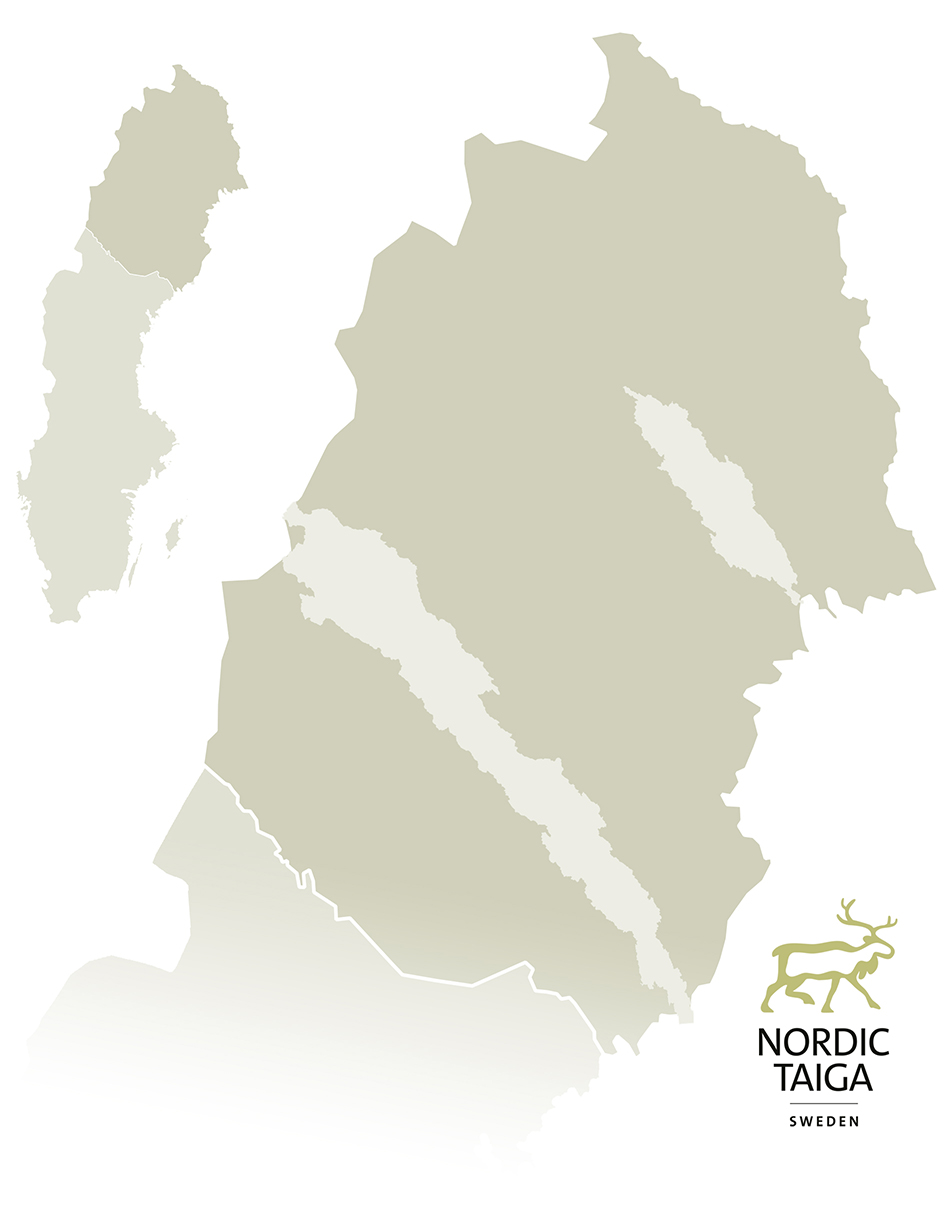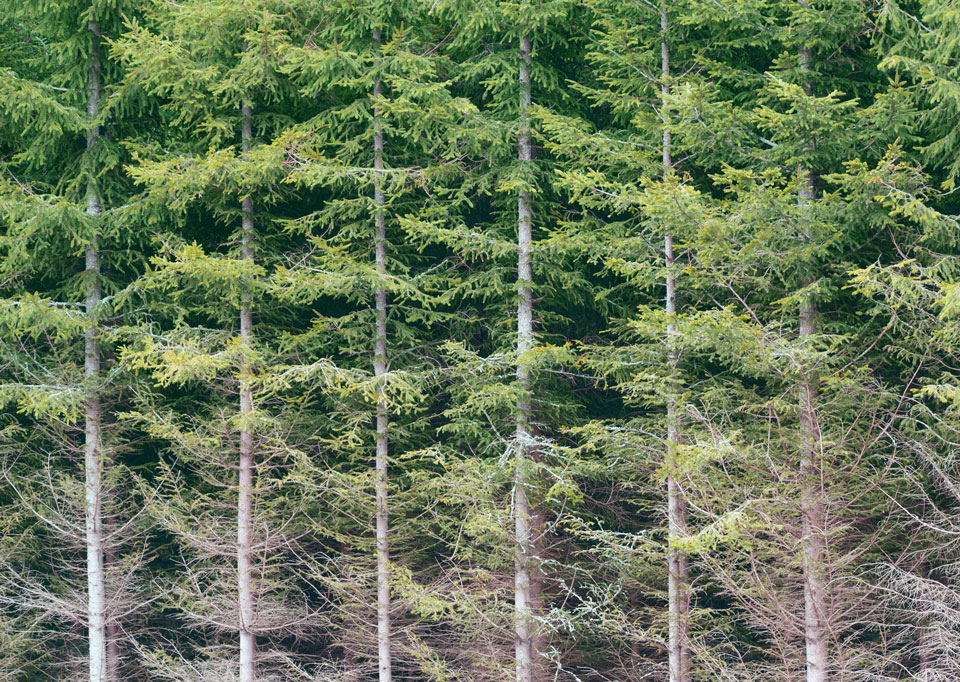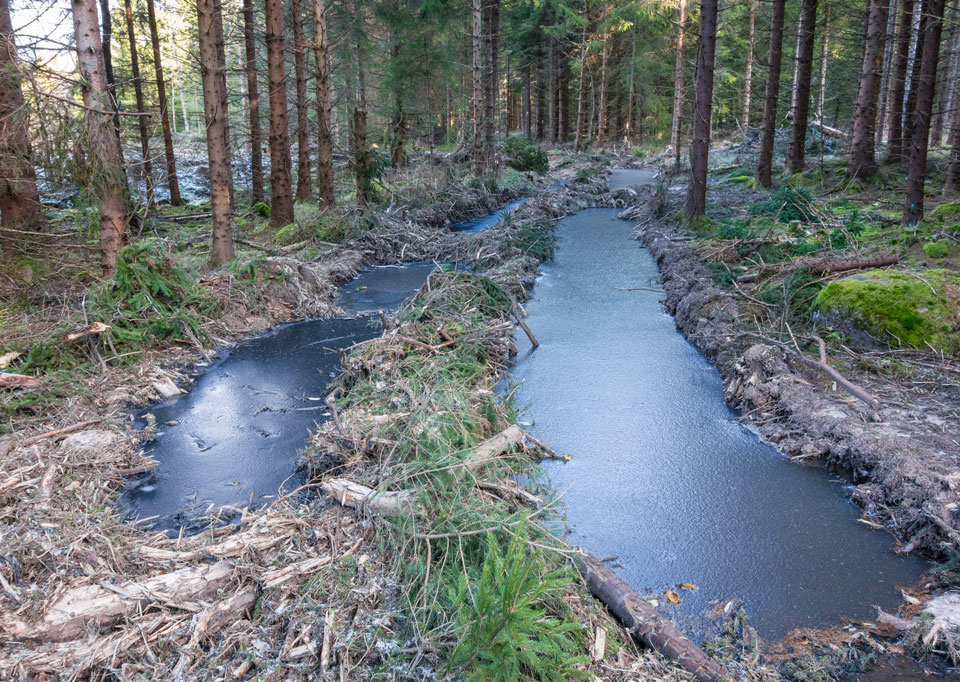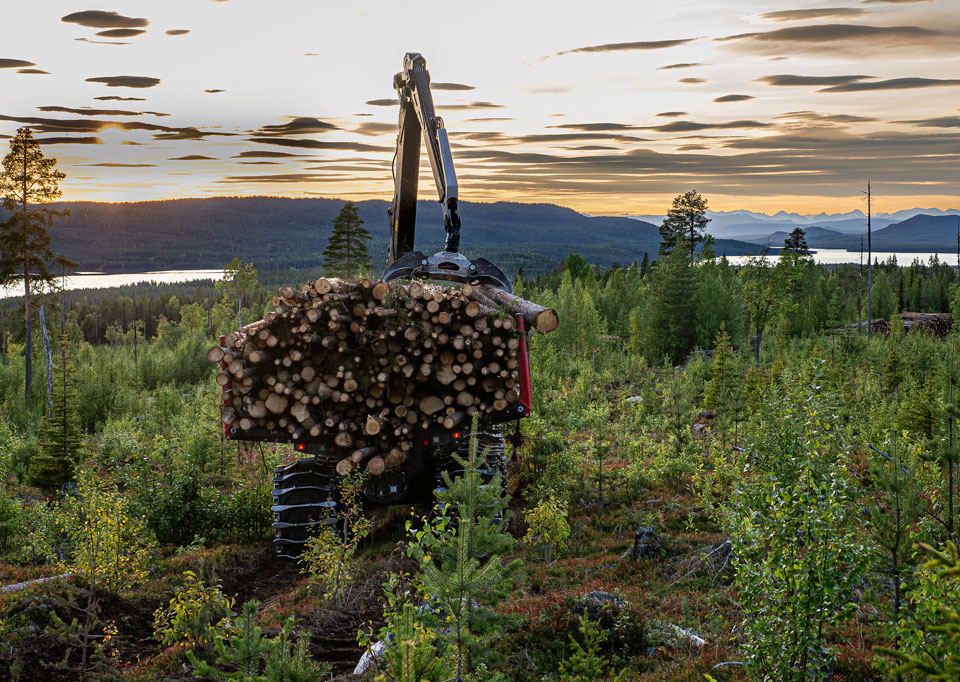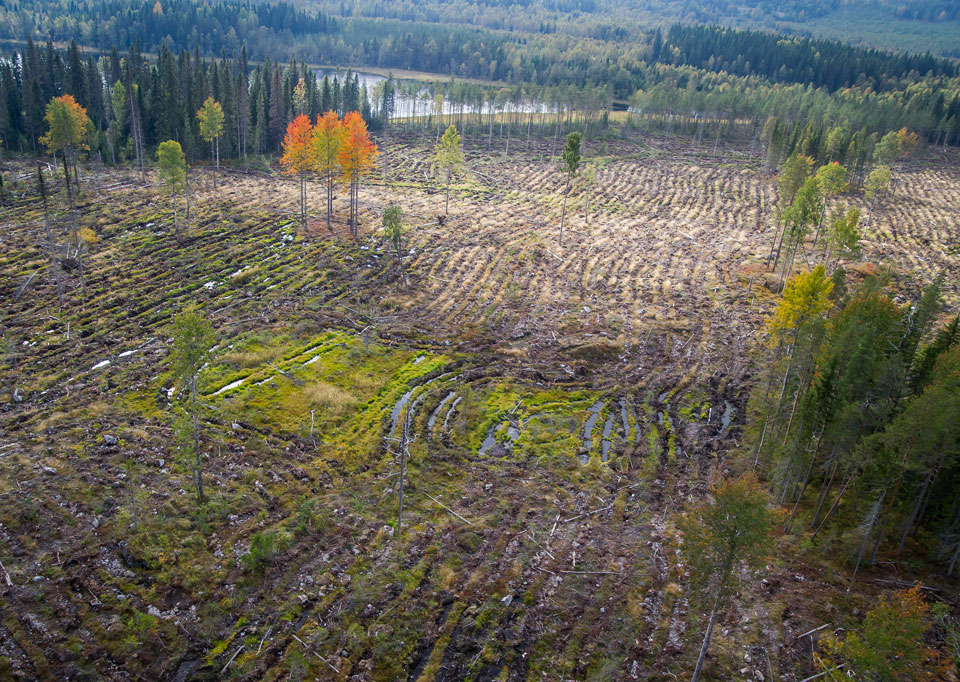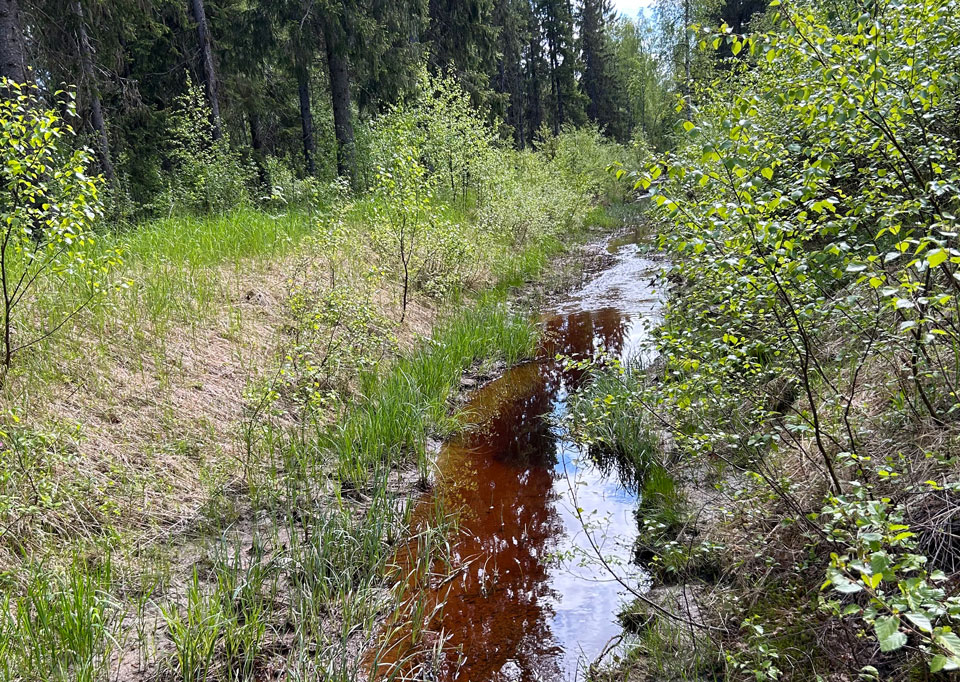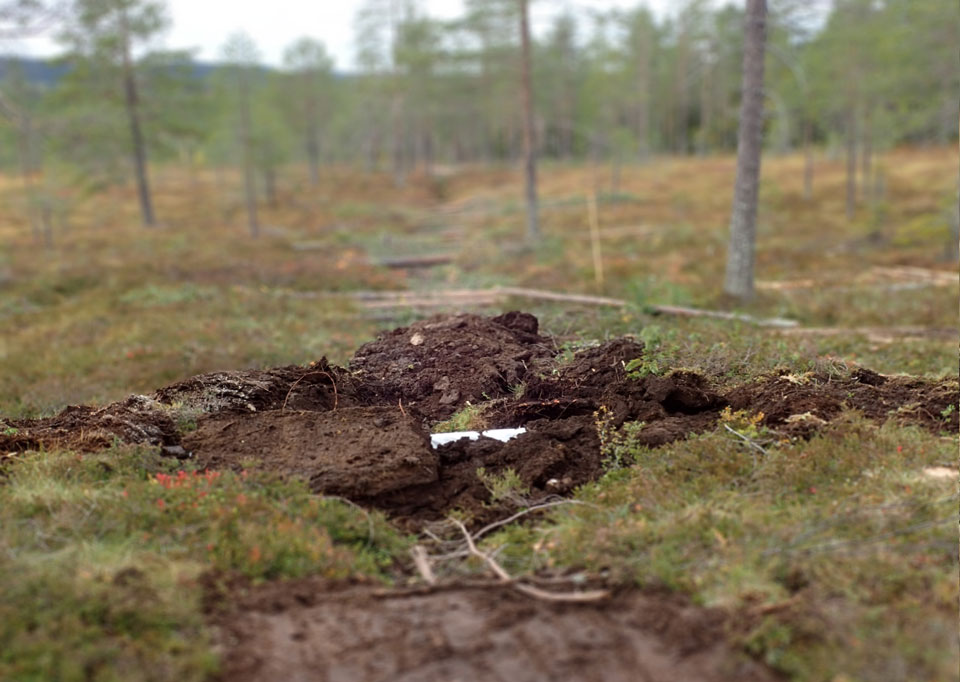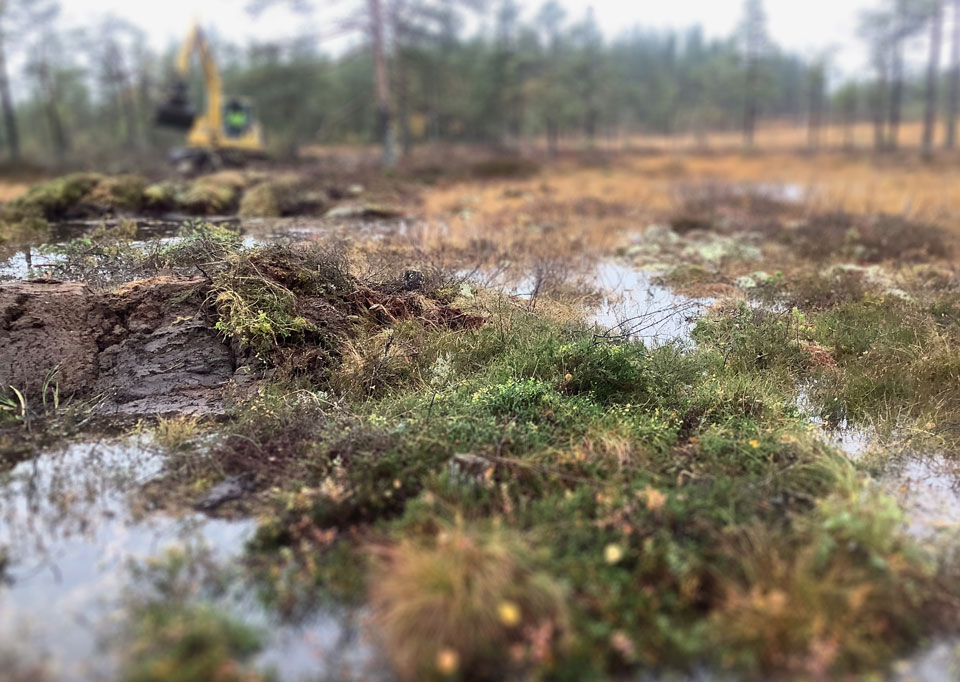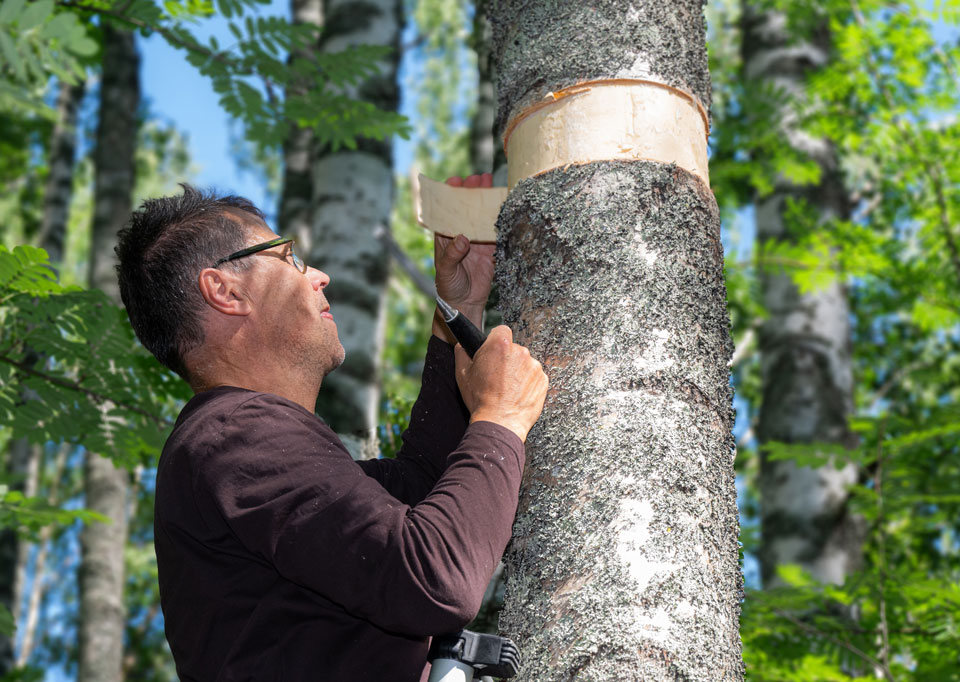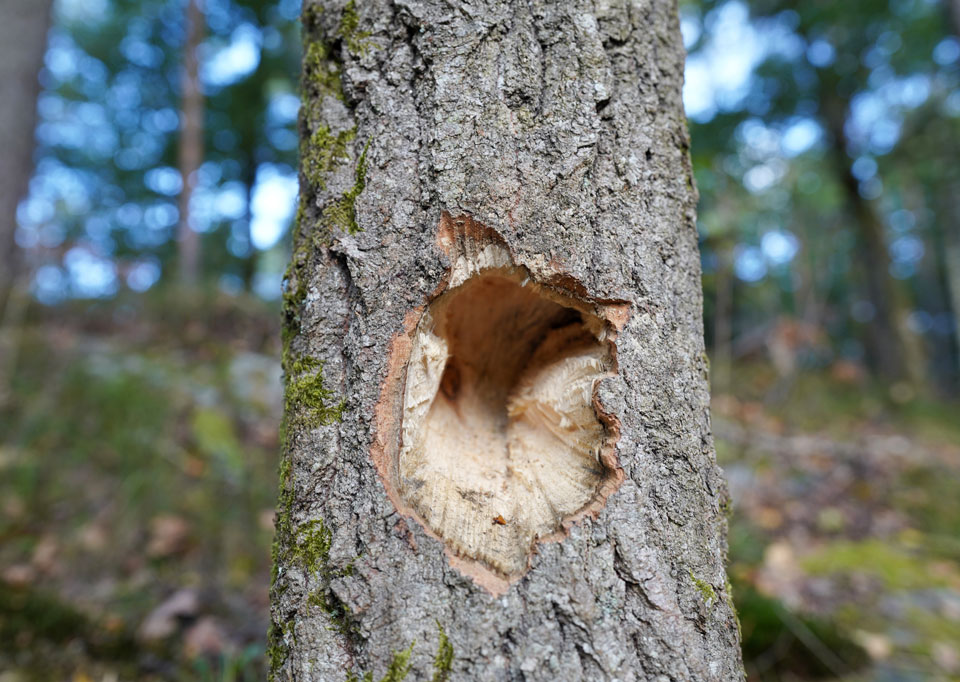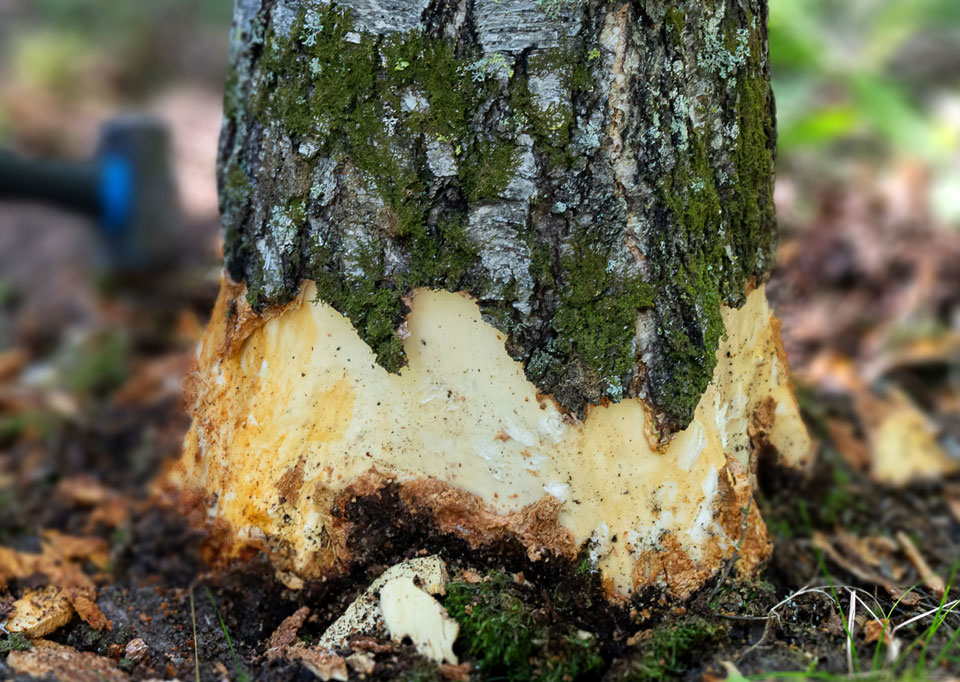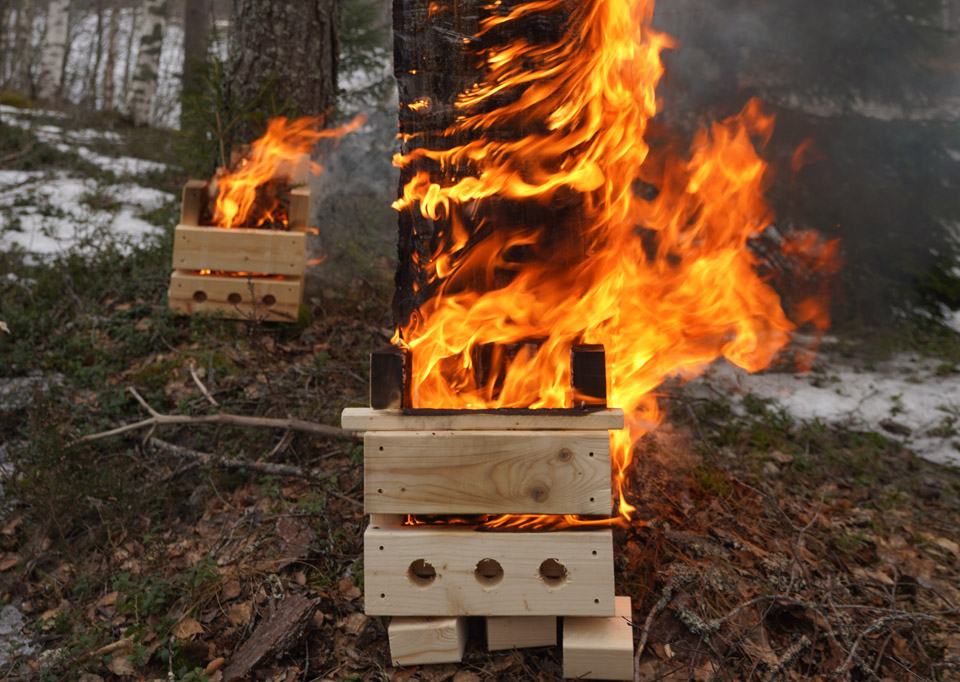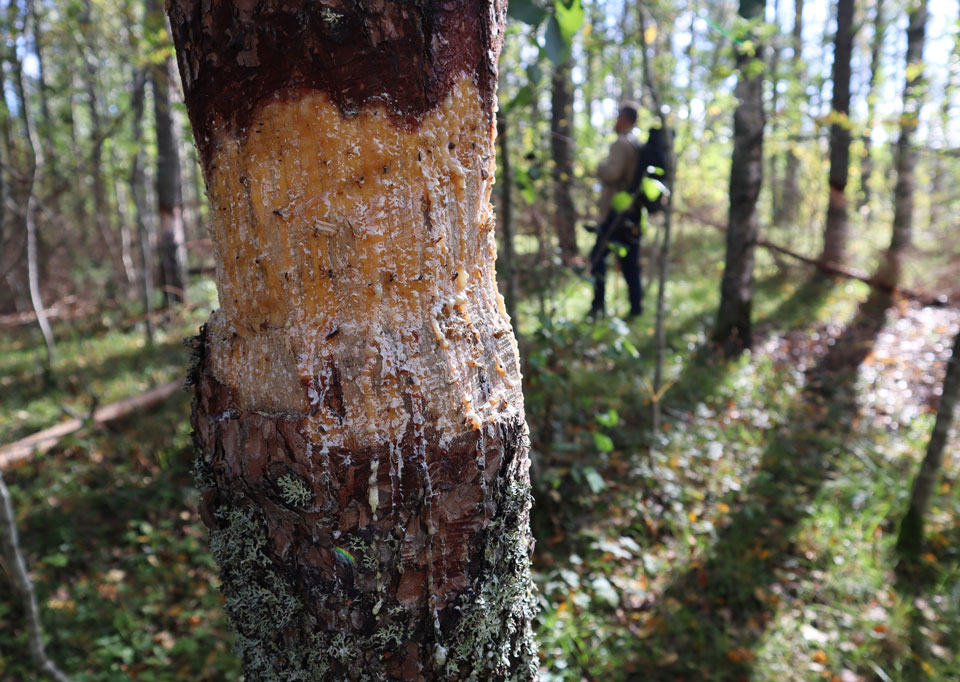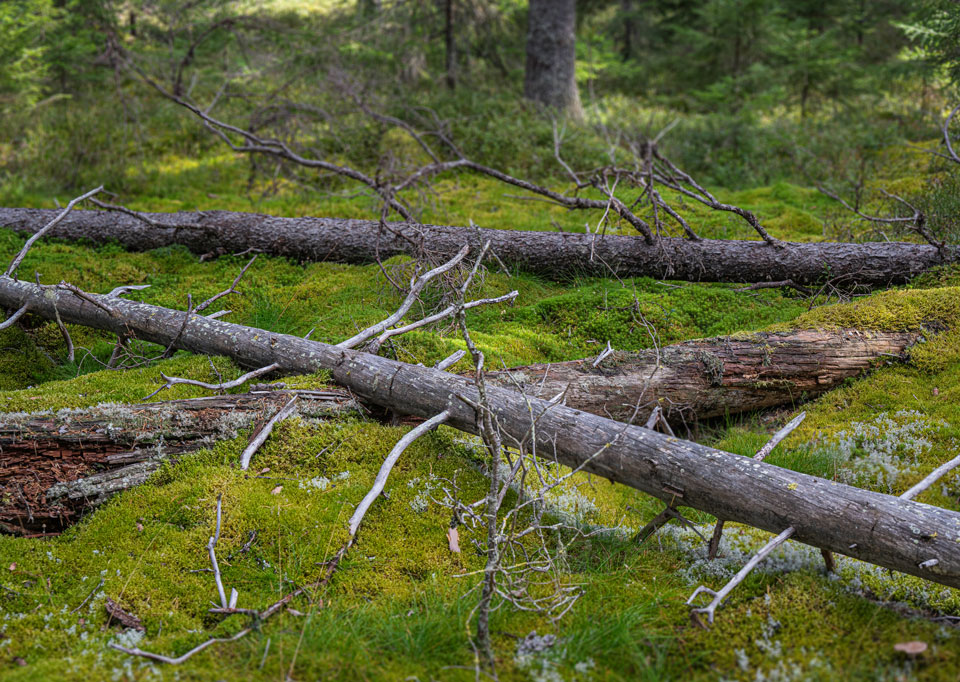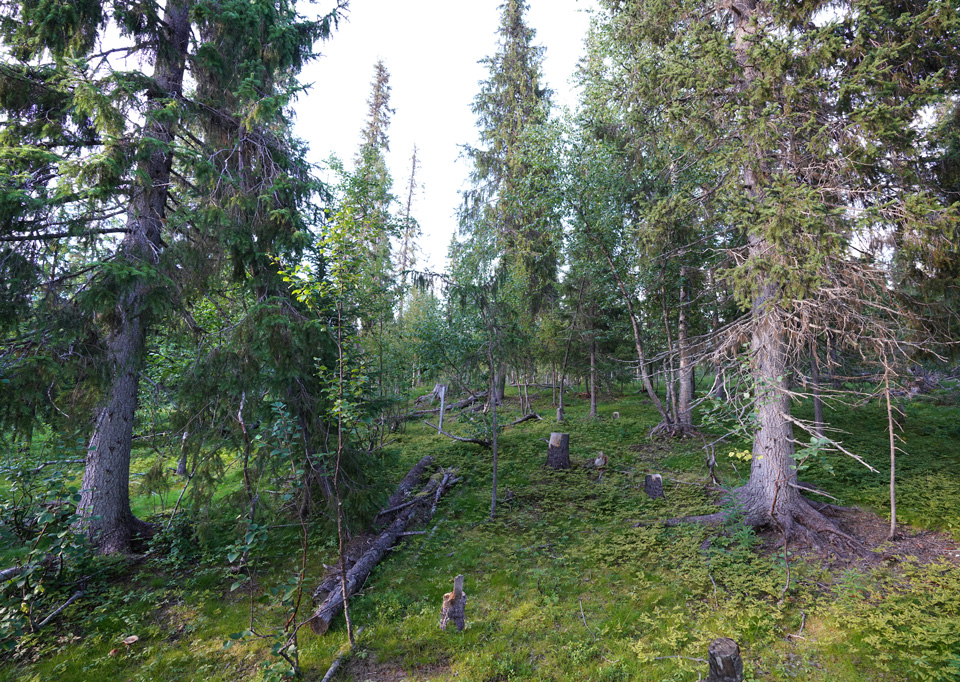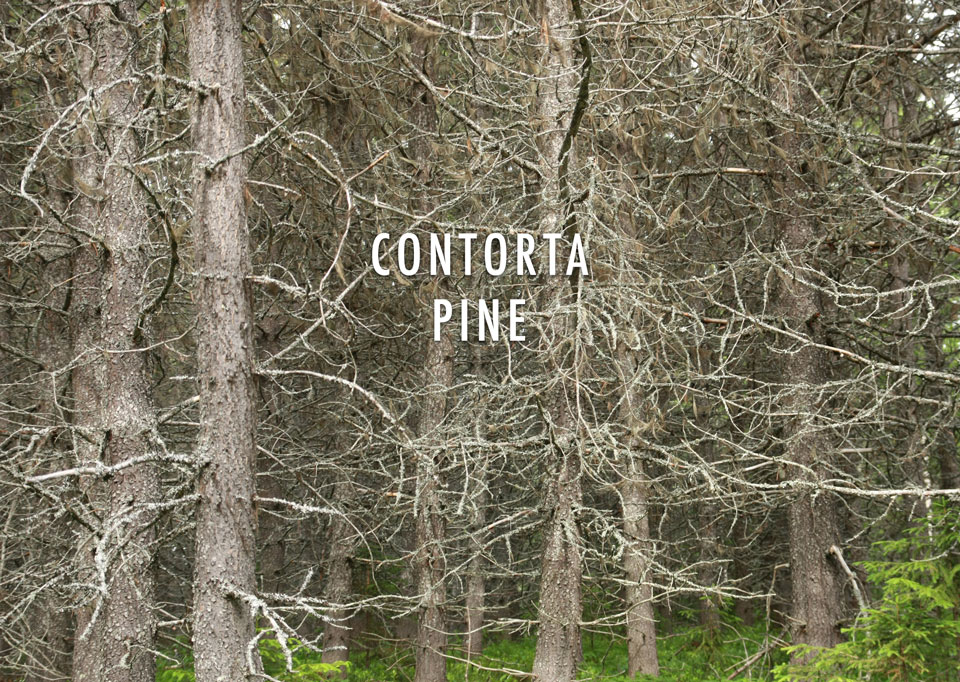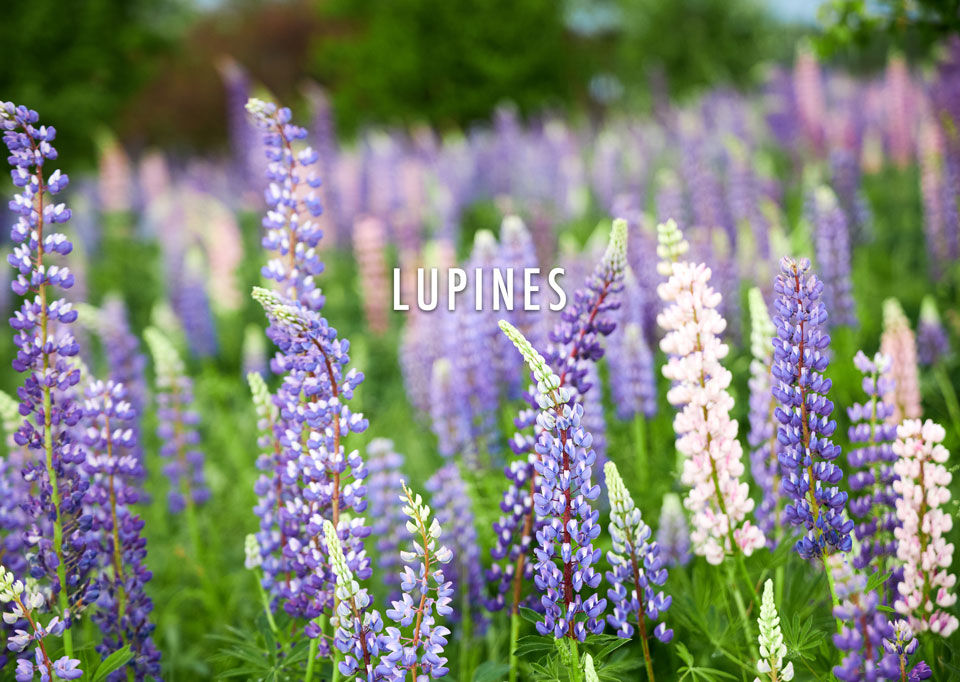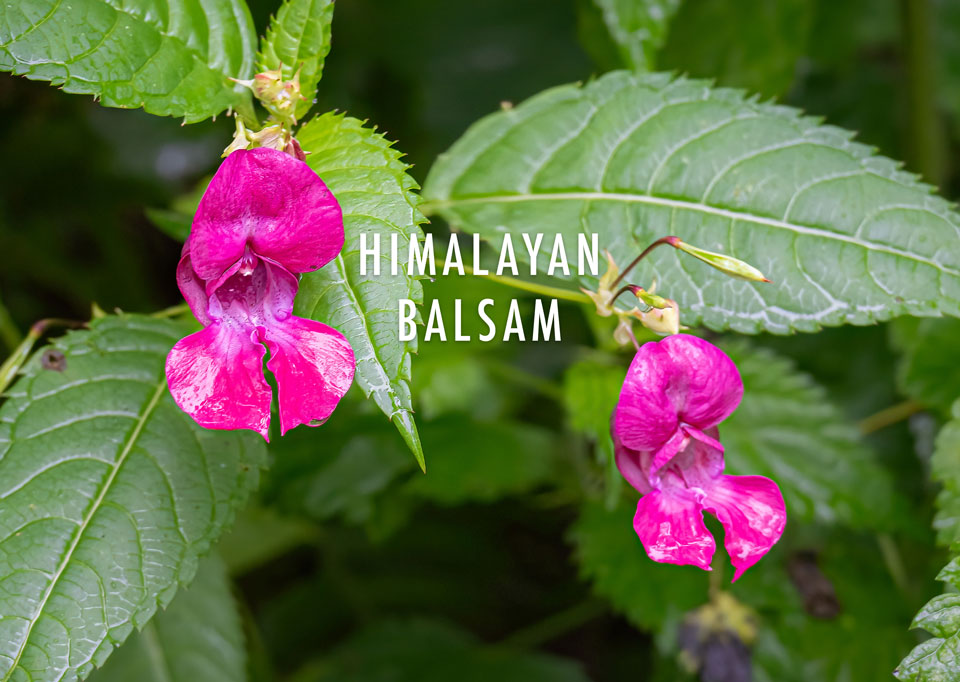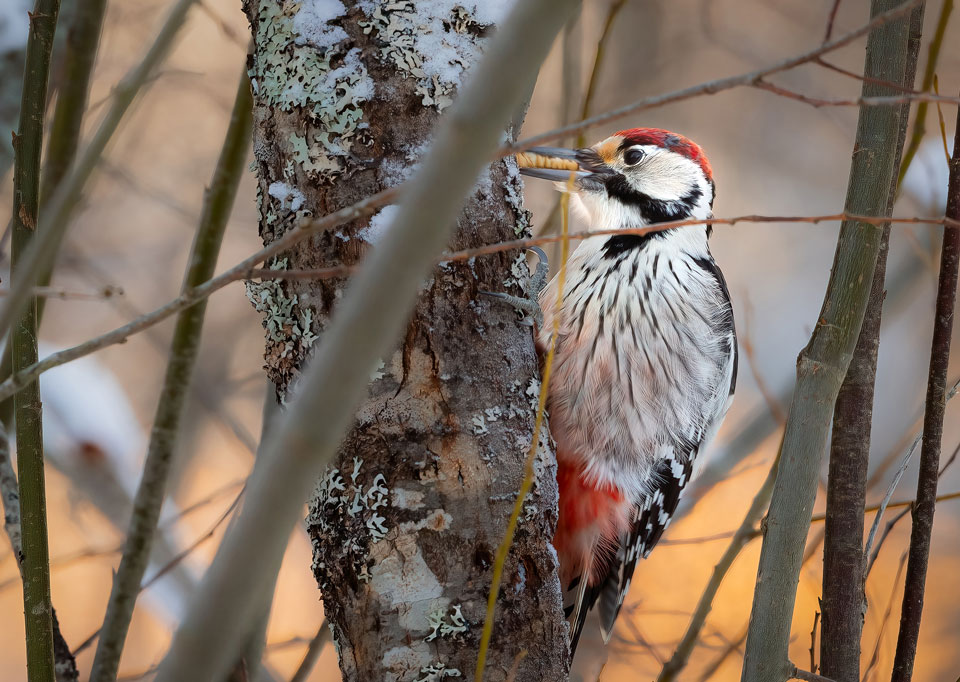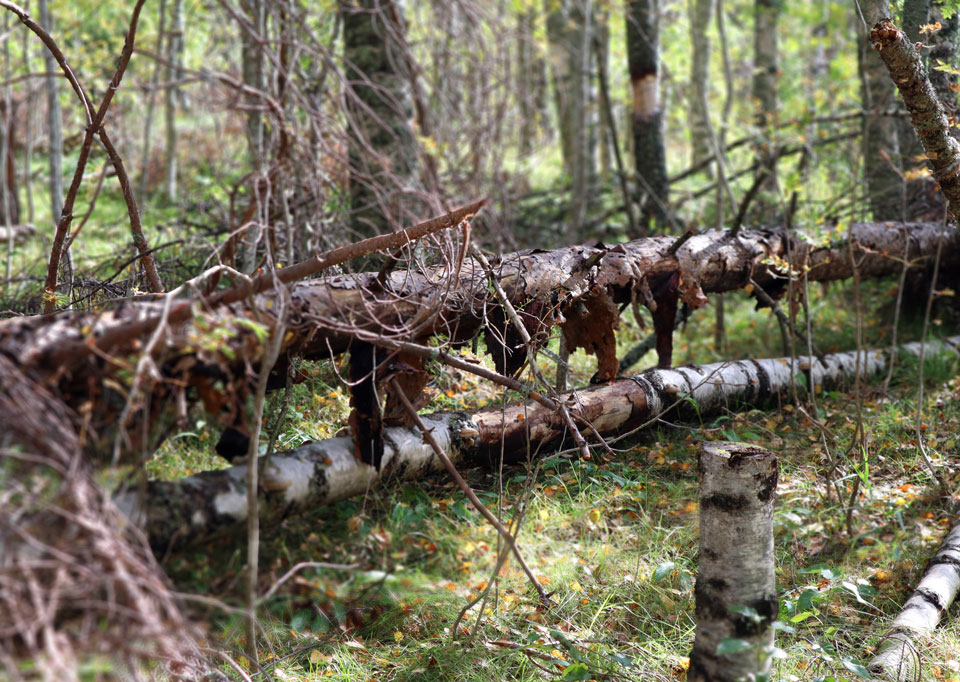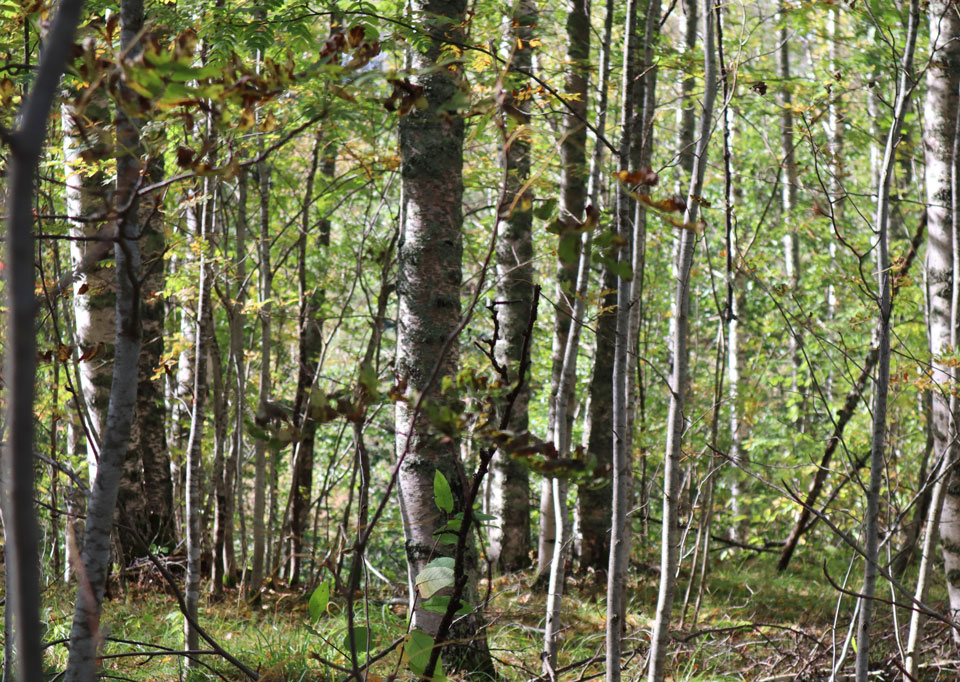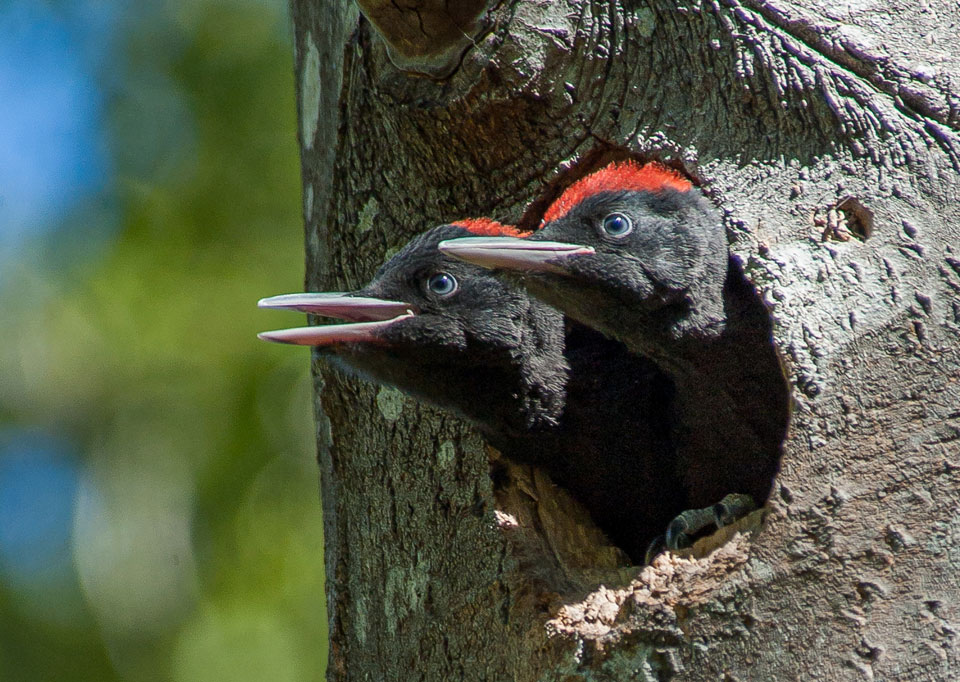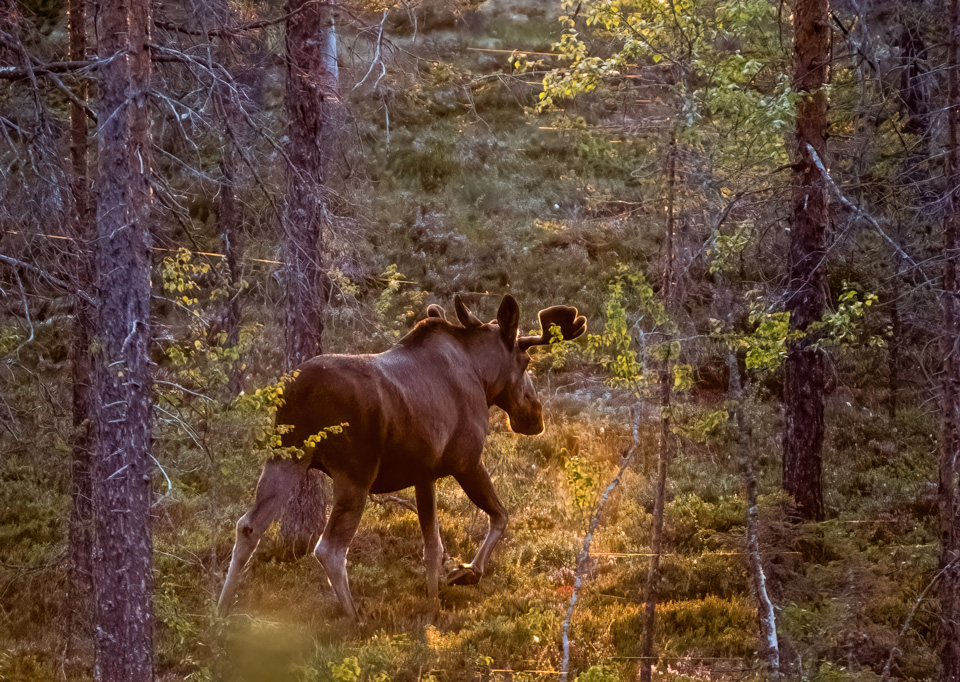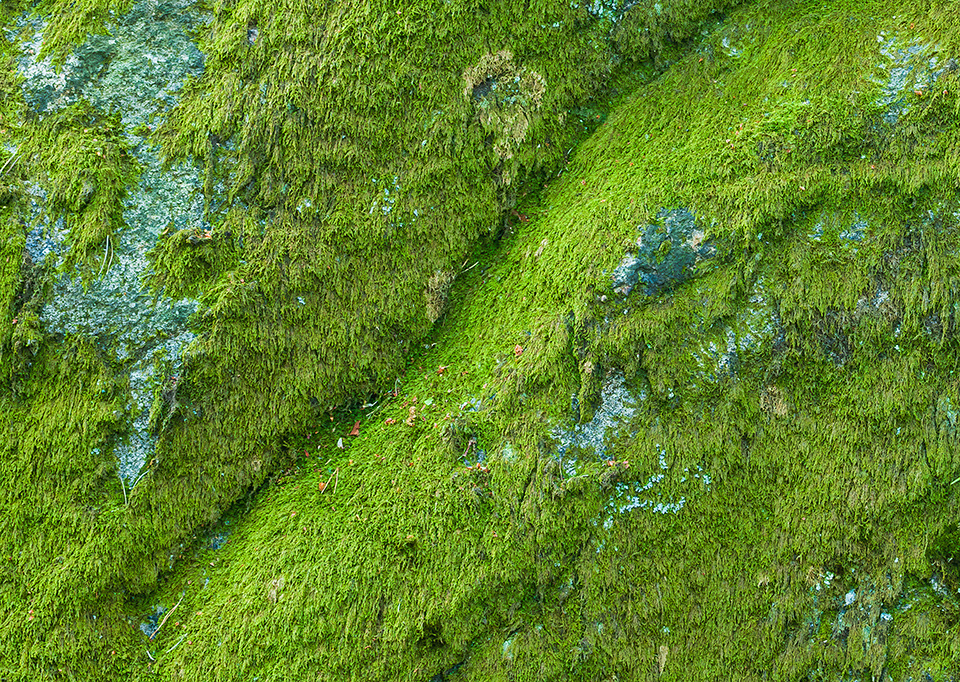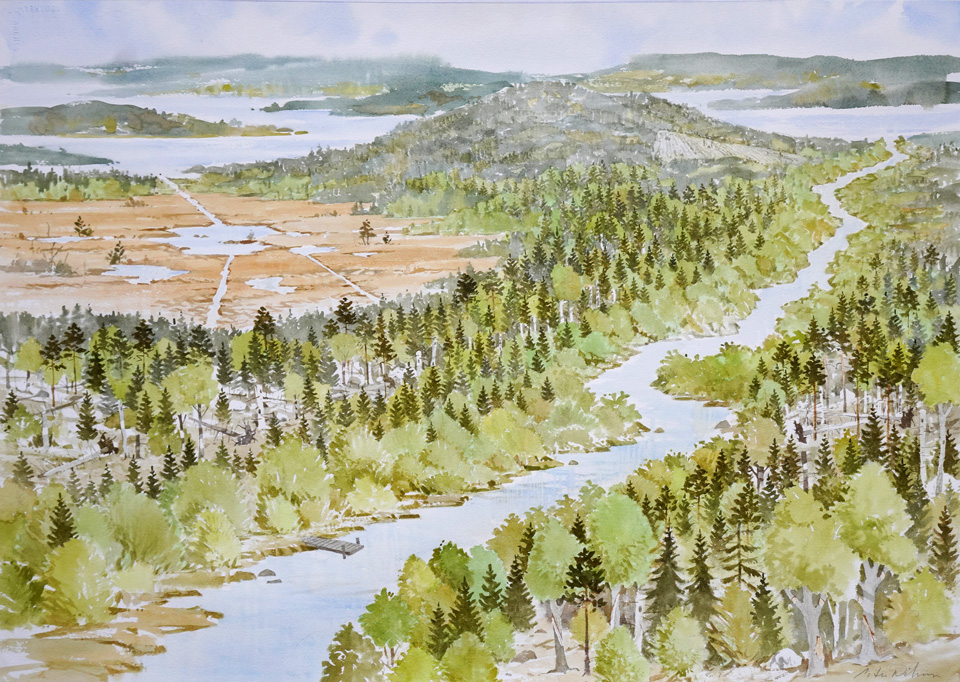Background to initiative
Our Wilder Forest initiative is important in our mission to rewild the Nordic Taiga. Through veteranisation, selective thinning, rewetting, adding deadwood, reintroduction of vegetation on disturbed land, and passive rewilding, we help forests regain their natural diversity and resilience. A key focus is promoting deciduous trees by thinning conifers, refilling drainage ditches, and reconnecting rivers to their floodplains – reviving habitats for species like the white-backed woodpecker, reindeer, ground lichens, amphibians, and rare deadwood-dependent beetles. With initial funding from the Swedish Postcode Lottery Foundation, we began restoring deciduous forests along the Ume River in 2022 with Umeå Municipality and other partners. We also launched rewilding efforts together with Sámi partners in Klippen, a northwestern part of the Vindelälven-Juhttátahkka Biosphere Reserve. From there, we have expanded, with support from private donors and partners, to link restored areas into a growing network of forest corridors for wildlife.
Our rewilding efforts go beyond individual sites. By restoring natural processes across entire waterscapes, we help create a future where forests, rivers, and wildlife thrive together. Our ‘Wilder Forest’-focus connects with our other focus areas ‘Wilder Rivers & Wetlands’ and ‘Sámi Reindeer & Natural Grazing’, ensuring a holistic approach to rewilding. With continued support, we can scale up and accelerate this transformation – bringing wilder, more resilient forests back.
Funding: The Swedish Postcode Lottery Foundation, Private donationsCollaborating organisations: Umeå municipality, County Administrative Board of Västerbotten, Vindelälven-Juhttátahkka Biosphere Organisation, Local Sámi communities, Boreal Orchards
